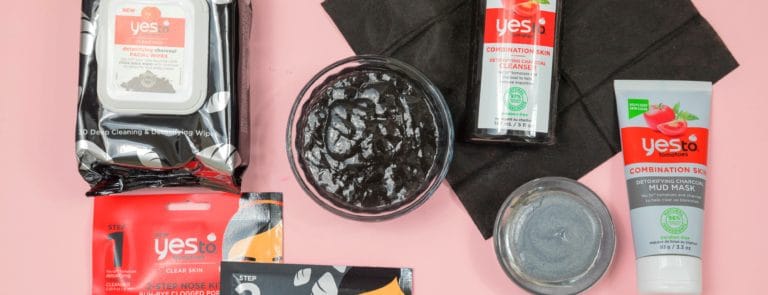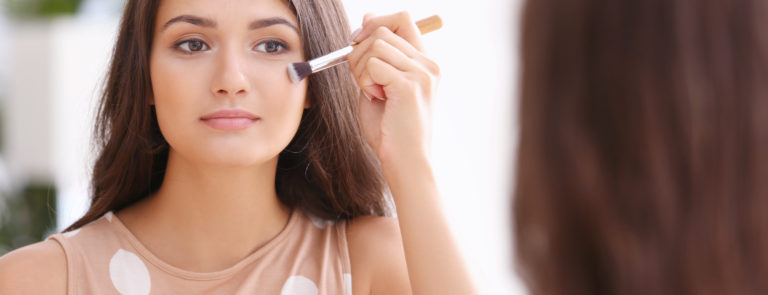20% off €35
Code:TREAT
When should you see a doctor about your beauty spot or mole?

Most people have at least 30 – 40 moles but some people can have up to 400. You can be born with them or they can develop as you grow up.
Most people have at least 30 – 40 moles but some people can have up to 400. You can be born with them or they can develop as you grow up. A beauty spot is a dark mole, commonly found on your face. It’s very important that you regularly check your moles and beauty marks and in this blog post we’ll highlight what you need to look for.
What’s a mole?
A mole in simple terms is a coloured spot on your skin. They’re usually oval or circular, brown in colour but can be black or the same colour as your skin. They are made from melanocytes cells and can be raised or flat. The three most common types of moles are compound melanocytic naevi, junctional melanocytic naevi and dermal melanocytic naevi.
When your body goes through hormonal changes your moles can change. You might get more moles as you go through puberty, they might go darker when you’re pregnant and they might fade after the menopause. Most people don’t mind that they have moles but if your moles leave you feeling down and upset you should speak to your doctor.
Why is checking moles and beauty spots important?
If you have lots of moles, then you’re more likely to develop melanoma (skin cancer) than those without so you need to get into the habit of checking your moles and beauty spots regularly. If you have pale skin, use a sunbed, have been sunburnt badly in the past, have a family history of skin cancer or have a damaged immune system then this can also increase your chances of having melanoma.
When it comes to checking your moles and beauty spots, you need to see if your moles have changed shape, started to bleed or itch, have got uneven edges or changed colour since you last checked. You might even get what you think is a new mole, but is actually melanoma. If you have moles in hard to see areas (like your back) you might want to ask a family member to check them for you. Melanoma is most commonly found on women’s legs and on men’s bodies. If a mole has changed in any way you need to make an appointment with your doctor as soon as possible. The NHS website has an easy to use mole self-assessment tool which is well worth checking out, but it shouldn’t replace an appointment with your GP. If you hold off, the melanoma might go hard and lumpy and start to ooze.
What will happen next?
Your doctor will have treated many patients with melanoma and will know what to look for as it’s the second most common type of cancer in people aged 25 and 49. It might be that you have another condition so it’s important to not worry unnecessarily until you’ve spoken to your doctor.
When melanoma is spotted early and treated before it can spread to other parts of your body, the outlook is usually good. If your doctor wants a second opinion, they will refer you to a dermatologist (skin specialist) who will examine the mole/melanoma for themselves. If they suspect that it’s melanoma, then they will arrange for it to be fully removed or a biopsy to be taken (depending on how big it is). This will usually be done under a local anaesthetic. Once it’s been analysed the dermatologist will be able to confirm whether you have melanoma or not and if you do have it, what kind of treatment they would recommend.
For more information on moles and melanoma, please visit the British Skin Foundation or Cancer Research websites.



